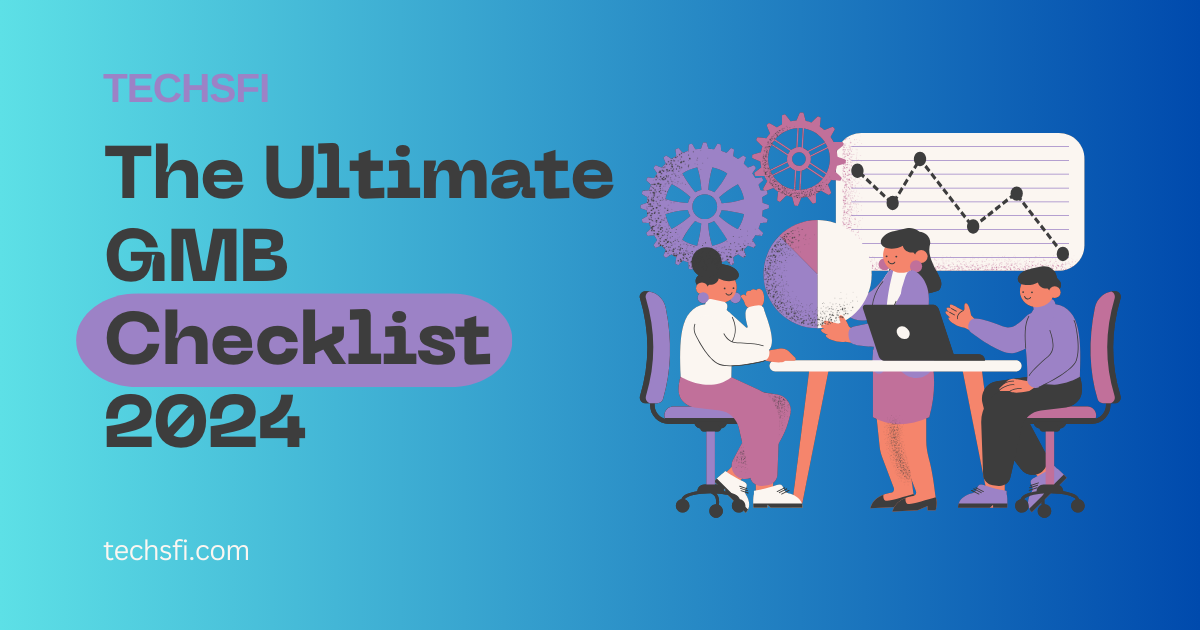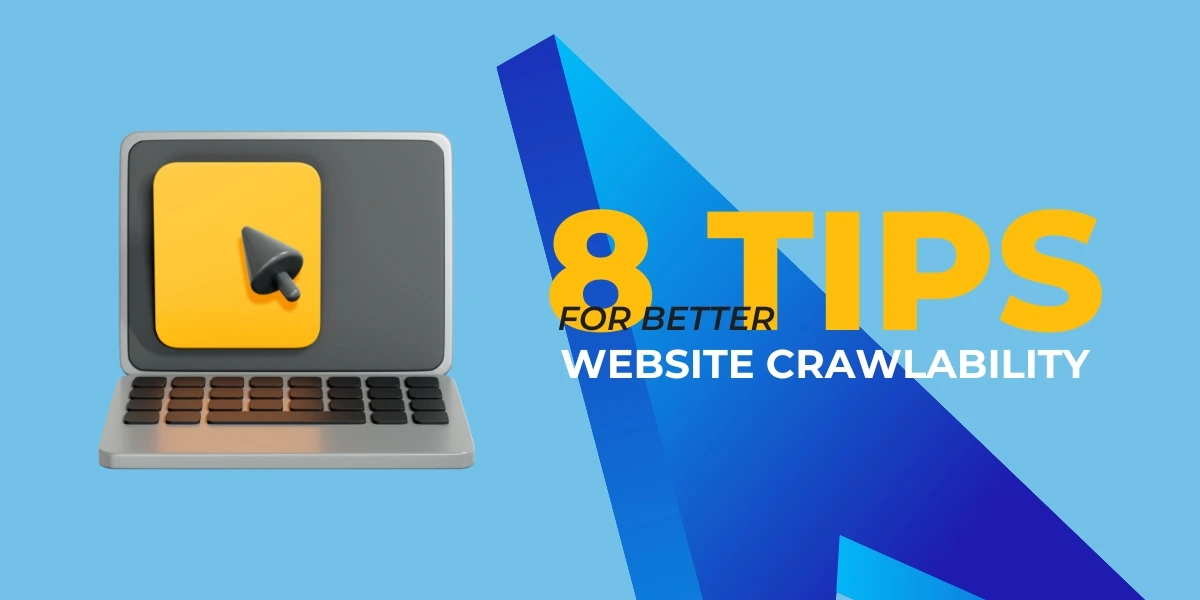
Introduction to SEO: The Basics Every Beginner Should Know
Search Engine Optimization (SEO) is the cornerstone of digital marketing, driving organic traffic and improving online visibility. For beginners venturing into this expansive field, understanding the basics of SEO is crucial. This guide by TechSFI provides a comprehensive overview of SEO, key concepts, and effective techniques to help you optimize your website and rank higher on search engines.
Introduction to SEO
SEO, or Search Engine Optimization, is the process of enhancing your website to increase its visibility for relevant searches. When your pages have higher visibility in search results, you’re more likely to attract prospective and existing customers to your business.
What is SEO?
At its core, SEO is about making your website more accessible and appealing to search engines like Google. It involves various strategies, from keyword research to technical adjustments, all aimed at improving your site’s ranking on search engine results pages (SERPs).
Importance of SEO in Digital Marketing
SEO is a fundamental aspect of digital marketing. It not only boosts your site’s visibility but also enhances user experience, builds trust and credibility, and offers a higher return on investment compared to other marketing strategies. By optimizing your site for search engines, you ensure that it can be easily found by users who are actively seeking the products or services you offer.
Understanding Search Engines
To learn SEO, you must first understand how search engines work. Search engines like Google use complex algorithms to rank web pages based on relevance and quality.
How Search Engines Work
Search engines perform three primary functions: crawling, indexing, and ranking. Crawling involves scanning the web for new or updated pages. Indexing is the process of storing and organizing the content found during crawling. Finally, ranking determines the order in which indexed content appears on SERPs based on user queries.
Crawling, Indexing, and Ranking
- Crawling: Search engines use bots, also known as spiders or crawlers, to explore the web. These bots follow links and gather data about web pages.
- Indexing: Once a page is crawled, it is indexed. This means its content is analyzed and stored in a vast database. Indexed pages are then eligible to appear in search results.
- Ranking: Search engines use numerous factors to rank indexed pages, including relevance, keyword usage, site structure, and backlinks.
Types of SEO
SEO encompasses various techniques categorized into three main types: on-page, off-page, and technical SEO.
1. On-Page SEO
On-page SEO focuses on optimizing individual web pages to rank higher and earn more relevant traffic. It involves strategies like keyword optimization, meta tags, and content quality.
2. Off-Page SEO
Off-page SEO refers to actions taken outside your website to impact your rankings within SERPs. This primarily involves building backlinks from other reputable sites.
3. Technical SEO
Technical SEO involves optimizing the infrastructure of your site to help search engines crawl and index it more effectively. This includes improving site speed, mobile-friendliness, and URL structure.
Keyword Research
Keywords are the terms or phrases users enter into search engines. Effective keyword research is the foundation of any successful SEO strategy.
Importance of Keywords
Keywords help search engines understand the content of your pages and match them with relevant queries. Using the right keywords increases your chances of appearing in search results for those terms.
Tools for Keyword Research
Various tools can assist with keyword research, such as Google Keyword Planner, SEMrush, and Ahrefs. These tools provide insights into search volume, competition, and keyword difficulty.
Long-Tail Keywords
Long-tail keywords are more specific and usually longer phrases. While they have lower search volumes, they often have higher conversion rates because they cater to more targeted queries.
On-Page SEO Techniques
Optimizing your on-page elements is crucial for better search engine visibility.
1. Title Tags and Meta Descriptions
Title tags are HTML elements that specify the title of a web page. Meta descriptions are summaries that appear below the title tag in search results. Both should be compelling and include relevant keywords.
2. Header Tags
Header tags (H1, H2, H3, etc.) help organize your content and make it more readable. They also provide context to search engines about the hierarchy and importance of the content.
3. Content Optimization
High-quality, relevant content is vital for SEO. Your content should be well-written, informative, and include keywords naturally. Avoid keyword stuffing, as it can harm your rankings.
4. Image Optimization
Images should be optimized with descriptive file names, alt text, and compressed sizes to improve page load speed and accessibility.
Off-Page SEO Techniques
Building a strong off-page SEO strategy is essential for establishing your site’s authority.
1. Backlinks
Backlinks are links from other websites to your site. They act as votes of confidence, signaling to search engines that your content is credible and valuable.
2. Social Signals
While not a direct ranking factor, social signals (likes, shares, comments) can enhance your online visibility and drive traffic to your site.
3. Influencer Outreach
Collaborating with influencers can help increase your brand’s reach and earn valuable backlinks from high-authority sites.
Technical SEO
Technical SEO ensures that your site meets the technical requirements of search engines for crawling and indexing.
1. Site Speed
A fast-loading site provides a better user experience and can improve your rankings. Tools like Google PageSpeed Insights can help identify areas for improvement.
2. Mobile Optimization
With the increasing use of mobile devices, having a mobile-friendly site is crucial. Google’s mobile-first indexing means it primarily uses the mobile version of your site for ranking.
3. URL Structure
Clean and descriptive URLs are easier for search engines to understand. Use hyphens to separate words and include keywords where relevant.
4. SSL Certificates
An SSL certificate encrypts data and enhances security. Sites with HTTPS (rather than HTTP) are preferred by search engines and users.
SEO Tools and Resources
Leveraging SEO tools can streamline your optimization efforts and provide valuable insights.
Google Analytics
Google Analytics tracks and reports website traffic, offering insights into user behavior, traffic sources, and conversion rates.
Google Search Console
Google Search Console helps you monitor, maintain, and troubleshoot your site’s presence in Google Search results. It provides data on search traffic and performance.
SEO Software
Tools like Moz, Ahrefs, and SEMrush offer comprehensive features for keyword research, site audits, and backlink analysis.
Common SEO Mistakes
Avoiding common SEO mistakes can save you time and improve your site’s performance.
Keyword Stuffing
Overusing keywords can make your content seem spammy and harm your rankings. Focus on natural, meaningful usage.
Duplicate Content
Duplicate content confuses search engines and can lead to lower rankings. Ensure your content is unique and valuable.
Ignoring Mobile Users
Neglecting mobile optimization can significantly impact your rankings and user experience. Make sure your site is responsive and mobile-friendly.
Measuring SEO Success
Tracking your SEO performance helps you understand what’s working and what needs improvement.
Key Metrics to Track
Important metrics include organic traffic, bounce rate, average session duration, and conversion rate. These indicators help assess the effectiveness of your SEO efforts.
Using Analytics for Improvement
Regularly reviewing analytics data allows you to make informed decisions and adjust your strategies for better results.
Future of SEO
SEO is constantly evolving. Staying updated with trends and adapting your strategies is essential.
AI and Machine Learning
AI and machine learning are shaping the future of SEO. These technologies can analyze data patterns and user behavior to improve search results.
Voice Search
The rise of voice search requires optimizing for natural language queries and ensuring your content is easily accessible through voice-activated devices.
The Role of User Experience
User experience (UX) is becoming increasingly important in SEO. Factors like site speed, mobile optimization, and intuitive navigation all contribute to better UX and higher rankings.
FAQs About SEO
What is SEO?
SEO stands for Search Engine Optimization, a set of practices aimed at improving the visibility and ranking of a website on search engine results pages.
How long does it take to see results from SEO?
SEO results can vary, but typically it takes several months to start seeing significant improvements. It’s a long-term strategy that requires ongoing effort.
What is the difference between on-page and off-page SEO?
On-page SEO involves optimizing individual web pages, while off-page SEO refers to actions taken outside your website to improve rankings, such as backlinks and social signals.
How important is mobile optimization in SEO?
Mobile optimization is crucial as more users access the internet via mobile devices. Google’s mobile-first indexing prioritizes mobile-friendly sites in search results.
Can social media affect SEO?
While social media is not a direct ranking factor, it can drive traffic to your site, increase brand visibility, and indirectly influence your SEO efforts.
What are some free tools for SEO?
Free SEO tools include Google Analytics, Google Search Console, MozBar, and Ubersuggest. These tools offer valuable insights and help with various aspects of SEO.
Conclusion
Understanding the basics of SEO is essential for anyone looking to improve their website’s visibility and attract more organic traffic. By mastering the key concepts and techniques outlined in this guide, you can optimize your site effectively and stay ahead in the competitive digital landscape. SEO is a continuous process, requiring regular updates and adaptations, but the long-term benefits make it a worthwhile investment.



